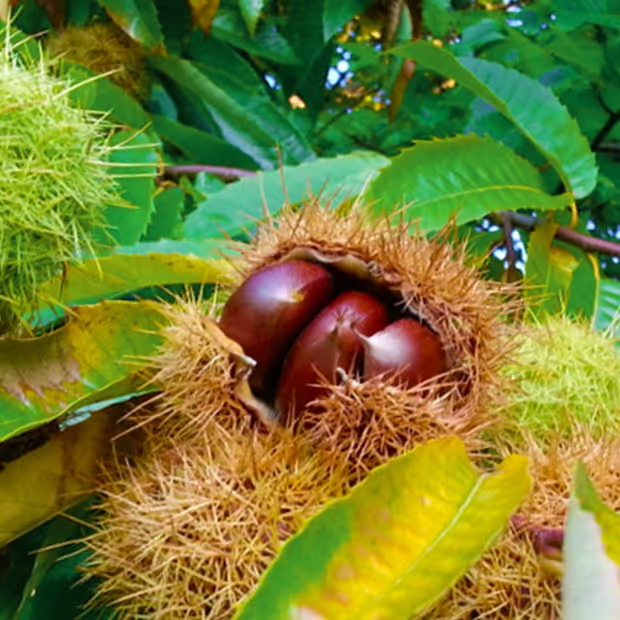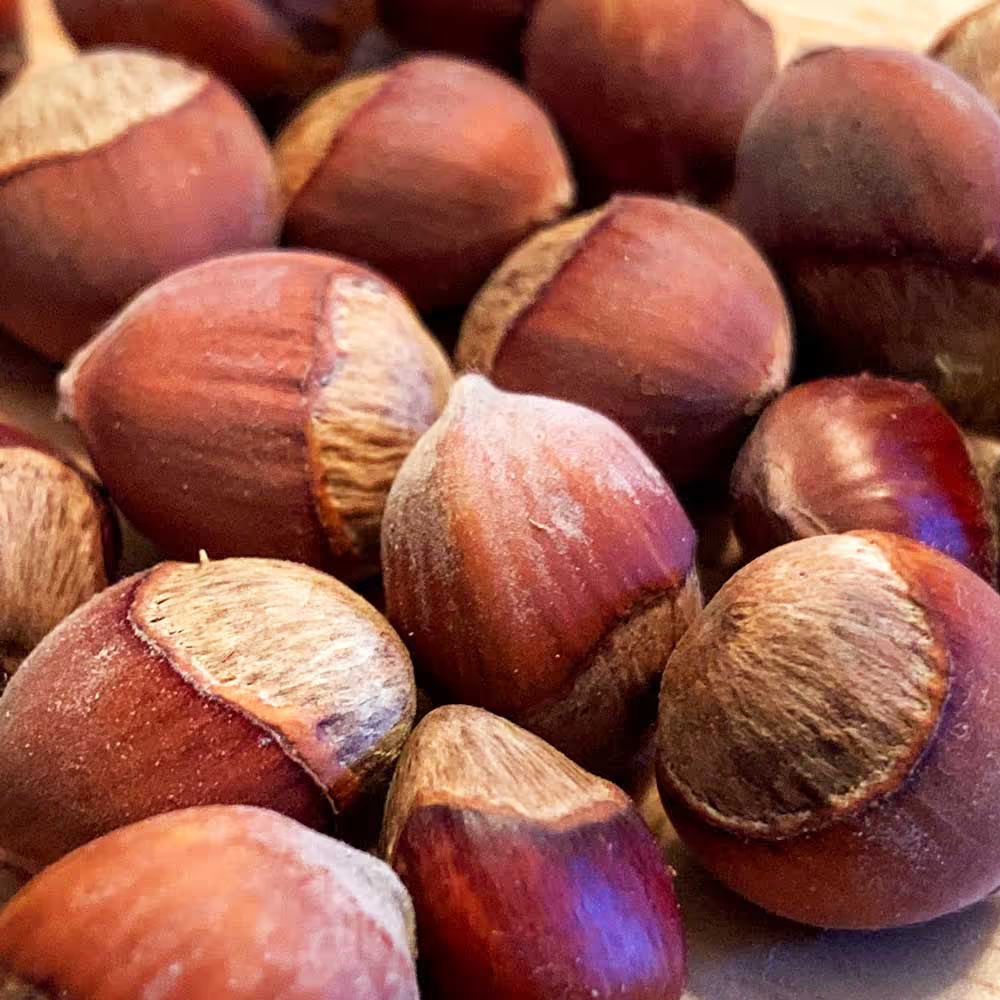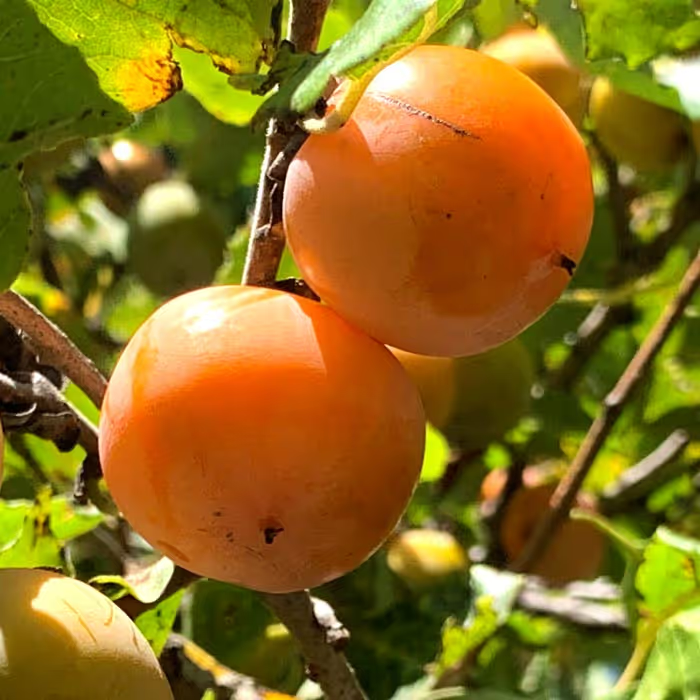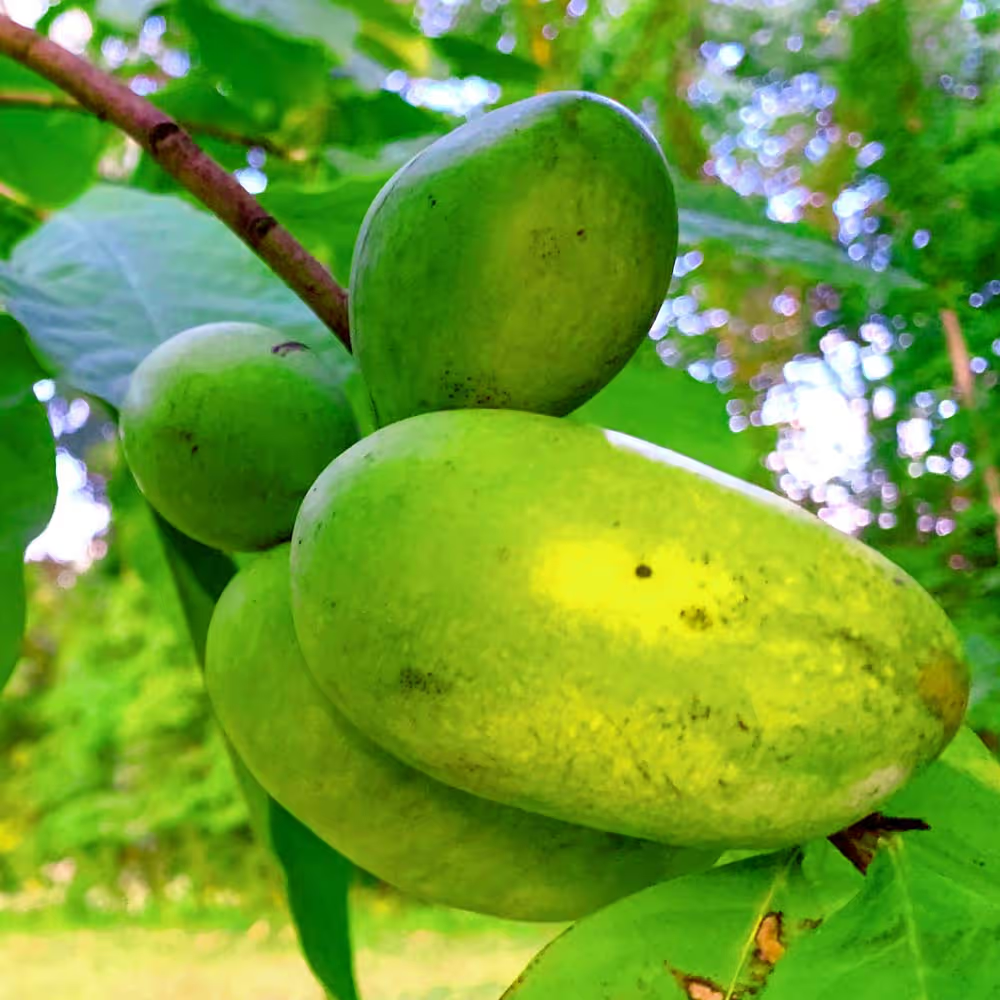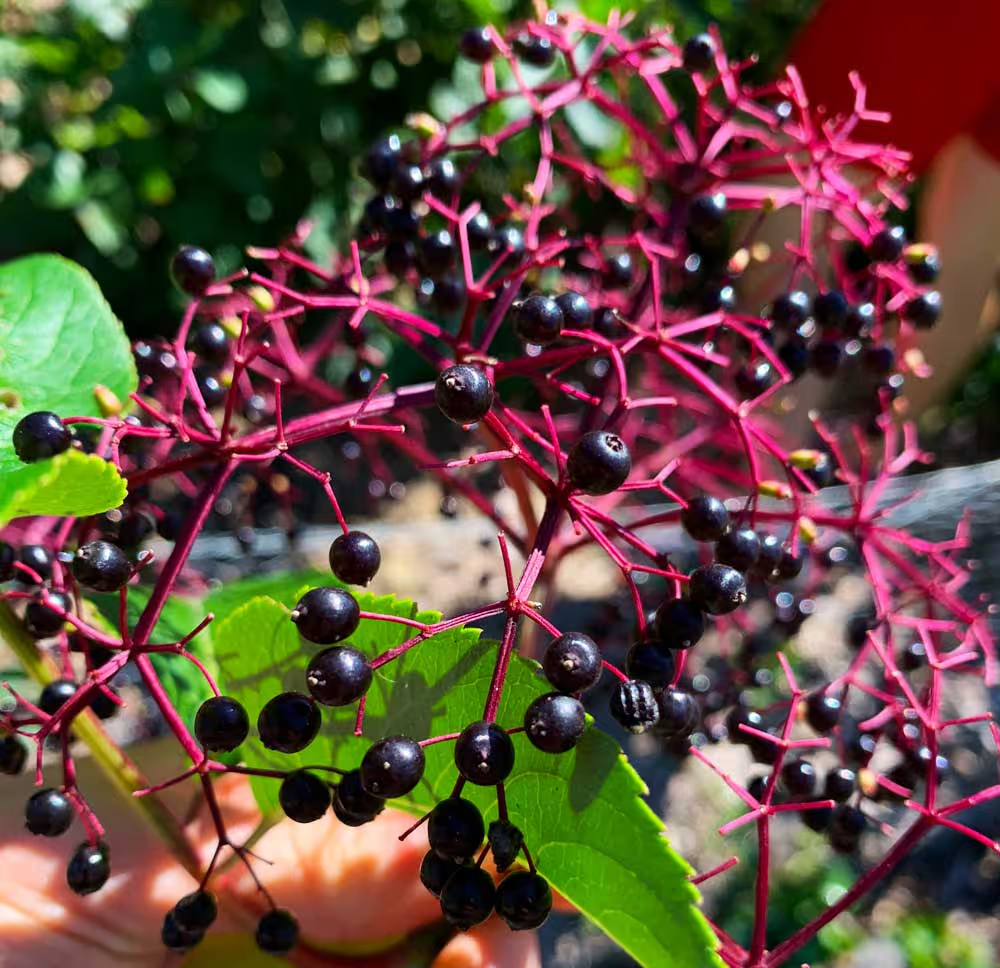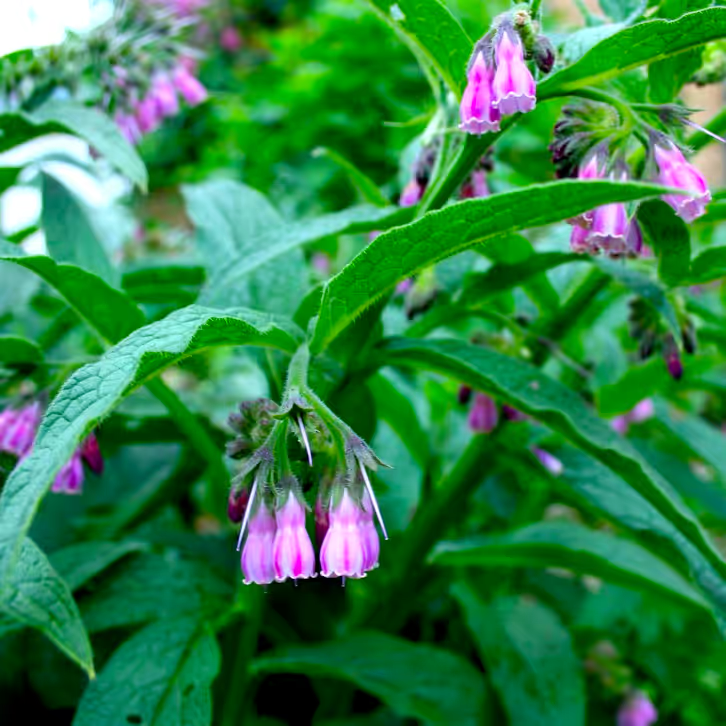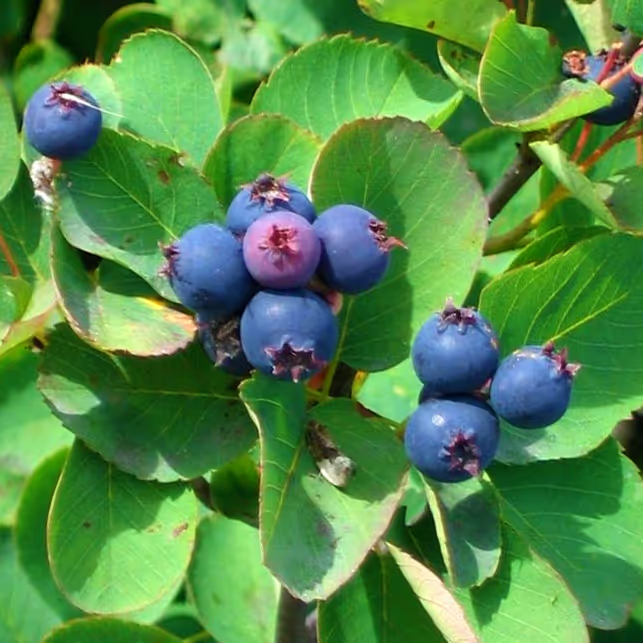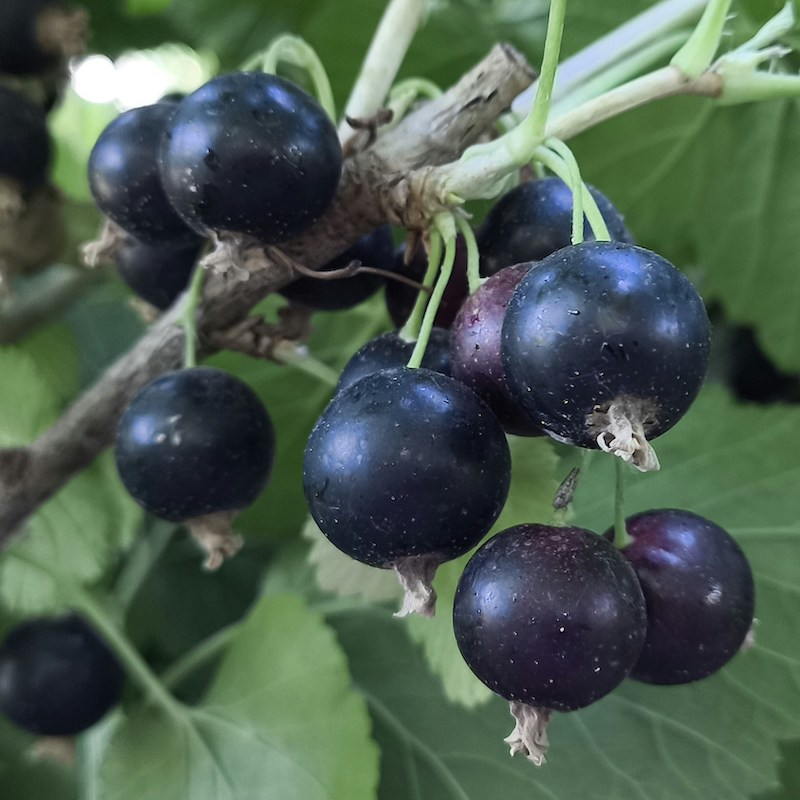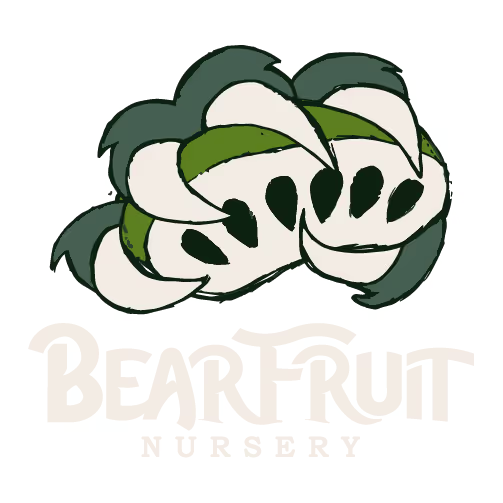Why Plant Pixwell Gooseberries?
The Old-Fashioned Fruit That Deserves a Comeback
Pixwell Gooseberries may not be the first fruit you think of when planning your edible landscape — but they should be. Hardy, dependable, and delightfully tart, gooseberries have been cherished in jams, pies, sauces, and good old-fashioned snacking for centuries. Once popular in American gardens (before they were unfairly banned in some states due to white pine blister rust fears), gooseberries are making a well-deserved comeback.
What Do Pixwell Gooseberries Taste Like?
Imagine a fruit that walks the fine line between sweet and tart with absolute confidence. That’s the gooseberry. Pixwell berries start off tart (perfect for jams, jellies, and baking), but ripen into a soft, pinkish fruit that’s sweet enough for fresh eating right off the bush. Their flavor is often compared to a cross between grapes and kiwi — tangy, refreshing, and a little wild.
And here’s the kicker: unlike some gooseberry varieties that turn picking into a battle against thorns, Pixwell shrubs produce fruit on stems with much less thorns compared to other varieties. Translation: more gooseberries in your bucket and fewer scratches on your arms. Win-win.
Why Plant Our Bare Root Pixwell Gooseberry Shrubs?
At BearFruit Nursery, we grow our Pixwell Gooseberries the way nature intended: outdoors in rich, living soil, mulched with grass, leaves, and local wood chips. No chemicals. No shortcuts. Just strong, healthy root systems ready to thrive once planted in your yard.
Bare root shrubs mean bigger plants, stronger root growth, and less transplant shock compared to potted starts. Plus, they’re easier to ship (and lighter on your wallet).


